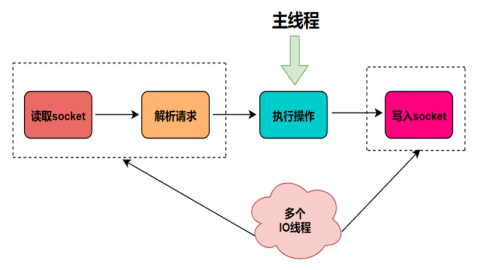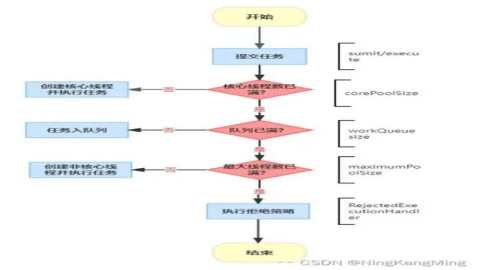转载声明:文章来源:https://blog.csdn.net/baidu_33438652/article/details/124317852
一.new是什么
定义: new操作符用于创建一个给定构造函数的实例对象
简单来说:1.new 能创建一个实例对象; 2.这个对象是给定的构造函数
例子:
function Person(name, age){
this.name = name;
this.age = age;
console.log(this) // Person { name: 'Tom', age: 20 }
}
Person.prototype.sayName = function () {
console.log(this.name)
}
const person1 = new Person('Tom', 20)
console.log(person1) // Person {name: "Tom", age: 20}
person1.sayName() // 'Tom'从这个例子能看出
· new 通过构造函数 Person 创建出来的实例可以访问到构造函数中的属性
· new 通过构造函数 Person 创建出来的实例可以访问到构造函数原型链中的属性(即sayName)
· 构造函数 Person 的 this 指向是 new 通过构造函数 Person 创建出来的实例
二.流程
从上面介绍中,我们可以看到new关键字主要做了以下的工作:
1.先创建了一个新的对象newObj
2.将新对象newObj与构造函数通过原型链进行连接
3.将构造函数的this绑定到新对象newObj
4.根据构建函数返回类型作判断,如果是值类型,返回newObj。如果是引用类型,就返回这个引用类型的对象
三.手写流程
了解流程之后,就开始动手写一下
function newFunc(Func,...args) {
// 1.创建一个新对象
let newObj = {}
// 2.将新对象和构造函数通过原型链连接
newObj.__proto__ = Func.prototype
// 3.将构造函数的this绑定到新对象上
const result = Func.apply(newObj,args)
// 4.根据返回值类型判断,如果是值类型返回newObj,如果是引用类型返回正常引用类型
return result instanceof Object ? result : newObj
}测试一下
function Person(name, age) {
this.name = name;
this.age = age;
}
Person.prototype.sayName = function(){
console.log(this.name);
}
const person1 = newFunc(Person,'Tom','18')
console.log(person1) // Person { name: 'Tom', age: '18' }
person1.sayName() // Tom四.额外注意
function Person(name, age) {
this.name = name;
this.age = age;
}
Person.prototype.sayName = function(){
console.log(this.name);
}
Person.getFullName = function() {
console.log(this.name);;
};
const person1 = new Person('Tom','18')
person1.sayName() // Tom
person1.getFullName() // TypeError: person1.getFullName is not a functionperson1.getFullName() 报错, 说明 给构造函数添加属性需要通过原型链, 我们不能像常规对象那样直接给构造函数添加属性,这样添加的属性无法被new的新实例进行使用






帖子还没人回复快来抢沙发